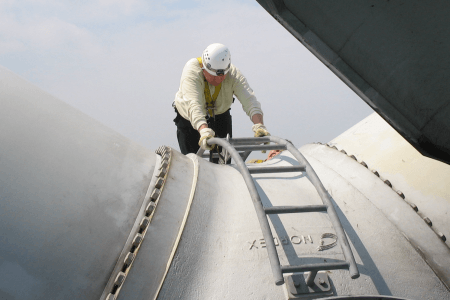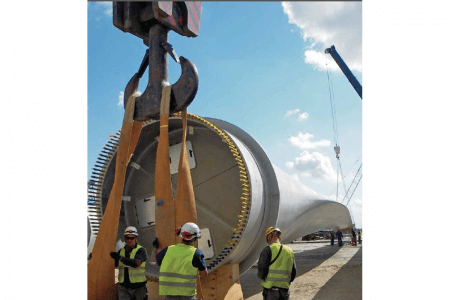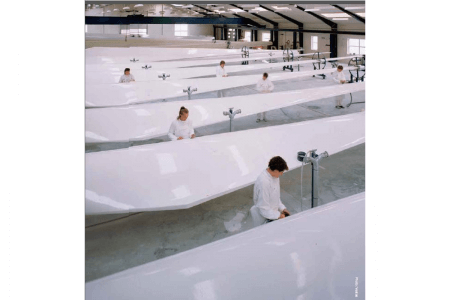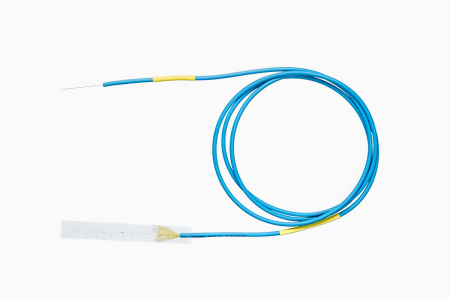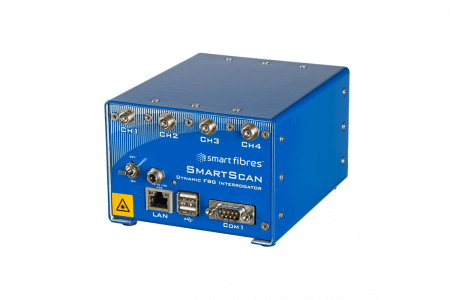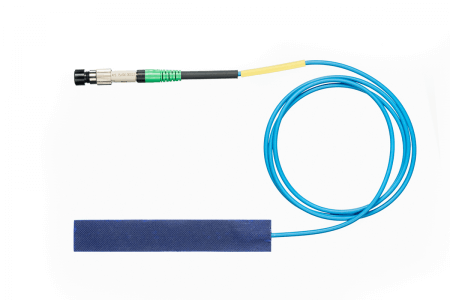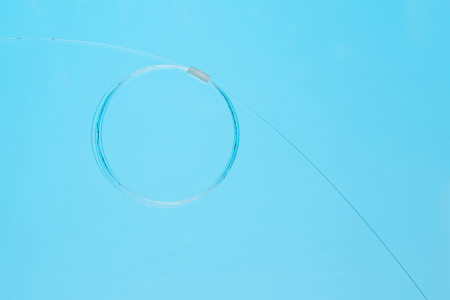Case Study 2006-2011. Research Project UpWind
Client
Sponsors: European Commission (under the FP6 Framework)
Project Upwind
Partners:
Risø National Laboratory Denmark, Project Coordinator
Technical University of Denmark Denmark
Aalborg University Denmark
Energy research Centre of the Netherlands The Netherlands
Stichting Kenniscentrum Windturbine Materialen en Constructies The Netherlands
Delft University of Technology The Netherlands
Centre for Renewable Energy Sources Greece
National Technical University of Athens Greece
University of Patras, Greece
Institutfűr Solare Energieversorgungstechnik Verein an der Universität Kassel Germany
Universität Stuttgart Germany
Elsam Engineering A/S Denmark
GE Wind Energy GmbH Germany
Fiberblade Eòlica S.A. Spain
Garrad Hassan and Partners Ltd. United Kingdom
Werkzeugmaschinenlabor, Aachen University Germany
LM Glasfiber A.S. Denmark
Germanischer Lloyd WindEnergie GmbH Germany
Ramboll Danmark A.S., Denmark
Fundaciòn Robotiker, Spain
VTT Technical Research Centre of Finland, Finland
SAMTECH S.A. Belgium
Shell Windenergy BV, The Netherlands
Repower Systems AGGermany
Det Norske Veritas Danmark A/S, Denmark
Lohmann und Stolterfoht GmbH, Germany
University of Edinburgh United Kingdom
Instytut Podstawowych Problemow Techniki PAN Poland
Institute of Thermomechanics, Academy of Sciences of the Czech Republic Czech Republic
Lulea University of Technology Sweden
Council for the Central Laboratory of the Research Councils United Kingdom
Vrije Universiteit Brussels Belgium
QinetiQ Ltd. United Kingdom
Vestas Asia Pacific A/S Denmark
Smart Fibres Ltd., United Kingdom
University of Salford United Kingdom
European Wind Energy Association Belgium
Ecotécnia S.C.C.L., Spain
Fundaciòn CENER - CIEMAT Spain
Challenge
Project Brief
The project looks towards the wind power of tomorrow, more precisely towards the design of very large wind turbines (8-10MW), both onshore and offshore.
The challenges inherent to the creation of wind farms of several hundred MW request the highest possible standards in design, complete understanding of external design conditions, the design of materials with extreme strength to mass ratios and advanced control and measuring systems geared towards the highest degree of reliability, and critically, reduced overall turbine mass.
The wind turbines of the future necessitate the re-evaluation of the turbine itself for its re-conception to cope with future challenges. The aim of the project is to develop the accurate, verified tools and component concepts the industry needs to design and manufacture this new type of turbine.
UpWind focuses on design tools for the complete range of turbine components. It addresses the aerodynamic, aero-elastic, structural and material design of rotors. Critical analysis of drive train components will be carried out in the search for breakthrough solutions.
Smart Fibres is participating in WP7 which is focussed on optimised condition monitoring systems for use in wind turbines of the next generation.
The UpWind consortium, composed of 40 partners, brings together the most advanced European specialists of the wind industry. The findings of the project will be disseminated through a series of workshops.
More information is available via the UpWind website, and the WP 7 webpage.
Resolution
Delivered:
A state of the art report regarding condition monitoring for wind turbine blades.
A report of component reliability ranking to support condition monitoring strategy.
Long term demonstration of a complete optical blade loads monitoring system for wind turbines.
